Ancient Warfare is a unique publication focused exclusively on soldiers, battles, and tactics, all before 600 AD. Starting with ancient Egypt and Persia and continuing to the fall of the Western Roman Empire, Ancient Warfare examines the military history of cultures throughout Europe, the Middle East and parts of Asia and Africa. Ancient Greece and Rome receive the most frequent coverage, due both to the wealth of contemporary sources and the modern fascination with these two great civilizations. Subject-matter ranges from the familiar to the more obscure: while Alexander the Great, the Persian Wars and Caesar’s Gallic campaigns all receive regular coverage, Ancient Warfare also looks at some of the less common parts of ancient military history, from chariots as battle taxis to PTSD in antiquity.
Ancient Warfare Magazine
EDITORIAL — CENTUM EST
Copper Age dagger unearthed in Italian cave
New study of indigenous Australian weapons
Site of battle that ended the Sasanian Empire identified
Iron Age woman buried with knife stuck in her grave
Votive plaque discovered in Roman fort in Georgia
Early defensive structure found in the Netherlands
HAVE YOU READ? • Ripples of Battle
Roman gladiator knife handle found near Hadrian's Wall
100 TIMES ANCIENT WARFARE DOING THE HOMEWORK • When the very first issue of Ancient Warfare was released, we received overwhelmingly positive feedback. It was not universal, however. Someone cancelled their subscription because AW was not an academic journal. In a way, that was a relief because it meant we got it right. AW was never meant to be one. Yet, we also aspired to be more than your average military history magazine; AW was supposed to straddle a fine line between both rigour and relaxation. I believe we can be very proud of how we manage to achieve, and to maintain, that balance.
THE HERO'S FATE • Much ink has been spilled over the battle exploits of the Achaean hero Diomedes, ‘of the battle cry'. From his involvement as one of the young epigoni (‘offspring') in the Second Theban War, to restoring his grandfather to the throne of Argos and removing his usurping cousins, Diomedes knew combat well before the Trojan War. There is much to explore in the accounts of this great Greek hero.
THE IMPACT OF POLITICAL ECONOMY MANPOWER CRISIS • Clausewitz described the relationship between states and armies as states being “the source of all military force,” and, therefore, their survival is “the primary object for which military force exists” (Clausewitz, On War 1.2). This was especially true for ancient states whose survival in a dynamic geo-political environment was only guaranteed by their ability to marshal human and material resources for their defence, through a combination of social, political, and economic levers. However, these levers were dependent on the strength and resilience of states' societies.
ROMAN SOCII IN THE MIDDLE REPUBLIC ETRUSCAN STYLE • As Etruria fell under control of Rome by the first half of the 3rd century BC, its men were levied into the Roman legions as Socii, yet as allies they were permitted to fight in their own local styles using traditional armaments. How would the Etruscans in the service of Rome have been armed at this time?
AN INTRODUCTION TO SINGLE COMBAT HONOURABLE SCARS • Rome 167 BC: A political duel unfolds between two provocatores (‘challengers') on the Capitol. On one side, a military tribune, youthful, sleek. and recently returned victorious from Macedonia. On the other, a deformed old man.
Lifelike copies
Coragus and Dioxippus: A battle between the gods
Nearly naked horsemen
HEROIC DUELS OR MASS COMBAT? HOMERIC WARFARE • The Iliad is full of duels between heroes: two named characters find themselves face to face in the midst of battle. They...

 AW XVIII.4
AW XVIII.4
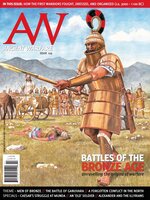 AW XVIII.3
AW XVIII.3
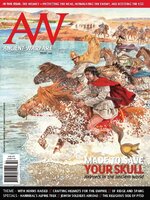 AW XVIII.2
AW XVIII.2
 AW XVIII.1
AW XVIII.1
 AW XVII.6
AW XVII.6
 AW XVII.5
AW XVII.5
 AW XVII.4
AW XVII.4
 AW XVII.3
AW XVII.3
 AW XVII.2
AW XVII.2
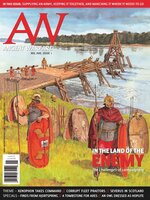 AW XVII.1
AW XVII.1
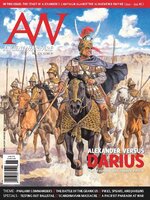 AW XVI.6
AW XVI.6
 AW XVI.5
AW XVI.5
 AW XVI.4
AW XVI.4
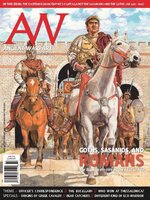 AW XVI.3
AW XVI.3
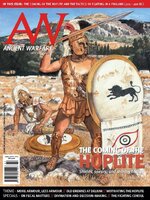 AW XVI.2
AW XVI.2
 AW XVI.1
AW XVI.1
 AW XV.6
AW XV.6